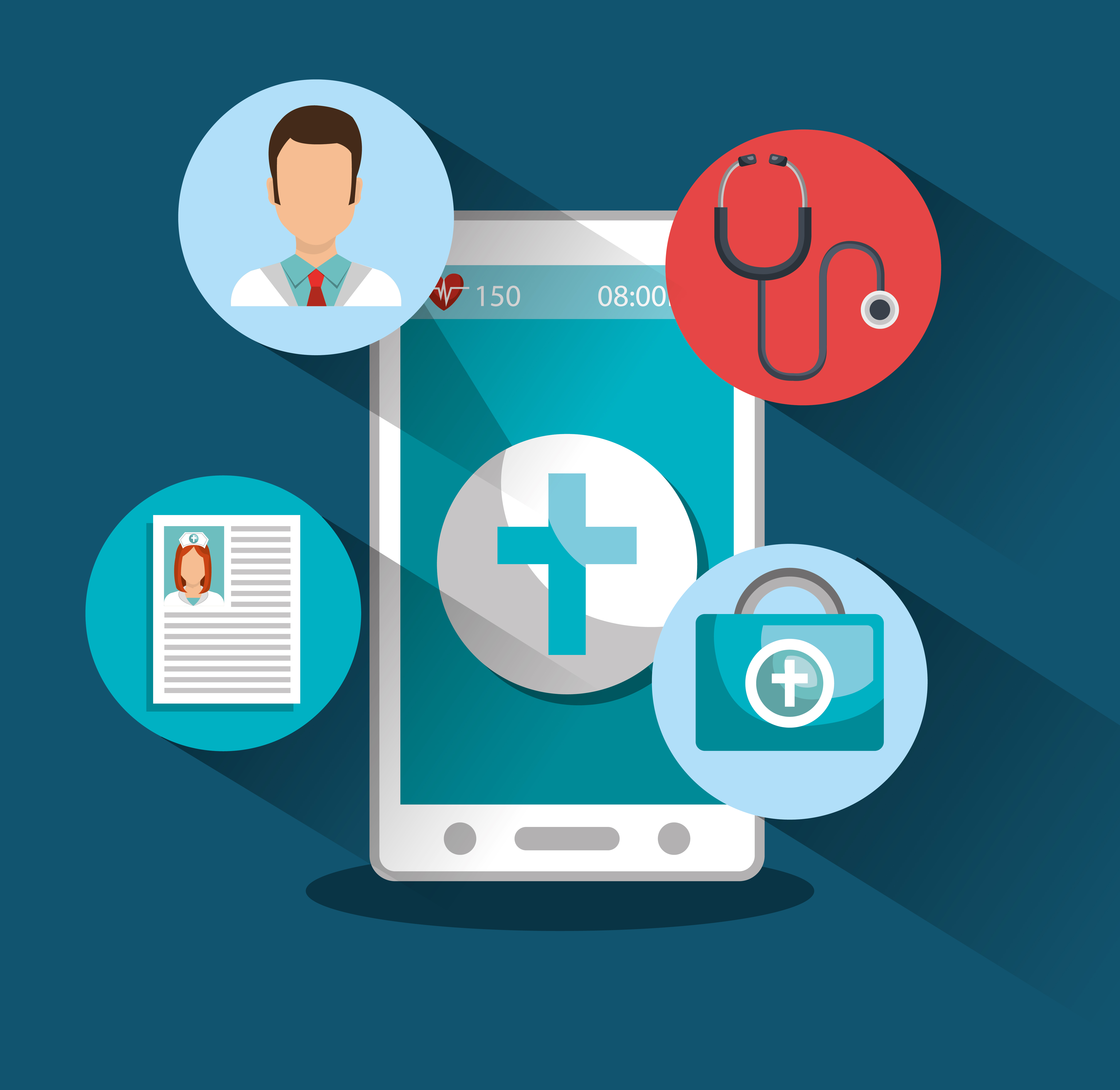Integrating Telehealth with Care Management Software: A New Era in Patient Engagement

In the rapidly evolving healthcare landscape, technology continues to bridge gaps, streamline operations, and enhance patient engagement. Among the many advancements, the integration of telehealth with care management software stands out as a transformative innovation. By combining the convenience of virtual care with the efficiency of care management systems, healthcare providers are setting a new standard for patient-centered care.
Let’s dive into how this integration is reshaping the healthcare industry, improving patient outcomes, and driving a new era of patient engagement.
The Role of Telehealth in Modern Healthcare
Telehealth has emerged as a powerful tool in healthcare delivery, especially in recent years. It enables patients to consult with their healthcare providers remotely, reducing the need for physical visits. This is particularly beneficial for individuals in rural or underserved areas, those with mobility issues, or patients requiring follow-ups for chronic conditions.
Key Benefits of Telehealth:
Convenience: Patients can connect with providers from the comfort of their homes.
Accessibility: It expands healthcare reach to remote and underserved populations.
Cost Savings: Reduces travel costs for patients and operational costs for providers.
Timely Care: Enables faster response times, especially for minor or non-emergency concerns.
What is Care Management Software?
Care management software is designed to streamline and coordinate patient care across healthcare teams. It acts as a centralized platform for managing patient data, creating personalized care plans, and ensuring seamless communication between providers.
Core Features of Care Management Software:
Patient Data Management: Consolidates medical histories, treatment plans, and progress notes.
Care Coordination: Facilitates collaboration among healthcare providers.
Risk Stratification: Identifies high-risk patients for targeted interventions.
Analytics and Reporting: Offers insights into patient outcomes and system performance.
Why Integrate Telehealth with Care Management Software?
While telehealth enhances accessibility, care management software ensures that patient care remains organized and efficient. Integrating these two technologies creates a seamless ecosystem that benefits both providers and patients.
Key Advantages of Integration:
Streamlined Communication: Patients and providers can communicate in real-time, with all interactions documented within the care management system.
Comprehensive Patient View: Providers can access a patient’s complete medical history during telehealth consultations, ensuring informed decision-making.
Proactive Care Delivery: Telehealth check-ins can trigger alerts within the care management system for necessary follow-ups or interventions.
Improved Patient Engagement: Patients feel more connected to their care team, leading to better adherence to treatment plans.
Efficiency for Providers: Automated workflows reduce administrative burdens, allowing providers to focus on patient care.
How This Integration Transforms Patient Engagement
The integration of telehealth and care management software doesn’t just improve operational efficiency—it fundamentally changes how patients interact with their healthcare providers.
1. Personalized Patient Care
Patients often feel like just another number in the system. This integration changes that by providing personalized care plans, virtual consultations, and tailored follow-ups. For instance, a diabetic patient can receive regular telehealth check-ins, with the care management software tracking their blood sugar levels and medication adherence.
2. Increased Patient Accountability
With telehealth appointments and real-time monitoring integrated into care management software, patients are more likely to stay accountable. Notifications and reminders about upcoming virtual visits or medication refills ensure that patients remain actively engaged in their care.
3. Enhanced Accessibility
This integration removes traditional barriers to care, such as travel and scheduling conflicts. Patients in rural areas, for example, can receive the same level of care as those in urban centers, without the hassle of long commutes.
4. Real-Time Insights and Feedback
Care management software combined with telehealth allows providers to track patient progress in real-time. Providers can instantly adjust treatment plans based on telehealth consultations, ensuring that patients always receive the most effective care.
Challenges in Integration
While the benefits are compelling, integrating telehealth with care management software does come with its challenges.
1. Data Interoperability
Ensuring that telehealth platforms and care management systems can communicate seamlessly is critical. This requires adherence to interoperability standards and robust APIs.
2. Privacy and Security
Handling sensitive patient data across two platforms increases the risk of breaches. Providers must implement stringent cybersecurity measures and ensure compliance with regulations like HIPAA.
3. User Adoption
Training providers and patients to use these integrated systems effectively can be a hurdle. Simple, intuitive interfaces and comprehensive training programs are essential for success.
Explore more details on healthcare integration services.
The Future of Telehealth and Care Management Integration
As healthcare continues to evolve, the integration of telehealth with care management software will become the norm rather than the exception. Advancements in artificial intelligence (AI), machine learning (ML), and data analytics will further enhance the capabilities of these systems, providing predictive insights and personalized care at unprecedented levels.
Emerging Trends to Watch:
AI-Driven Insights: AI will analyze telehealth data to predict patient risks and recommend proactive measures.
Wearable Integration: Devices like smartwatches will sync with care management software to provide real-time health metrics.
Expanded Accessibility: 5G technology will improve telehealth connectivity, even in the most remote locations.
Value-Based Care Models: Integrated systems will support the shift towards value-based care, focusing on patient outcomes rather than service volumes.
Conclusion
The integration of telehealth with care management software is not just a technological advancement—it’s a paradigm shift in how healthcare is delivered. By combining the accessibility of virtual care with the organizational power of care management systems, providers can offer a more engaging, efficient, and patient-centric experience.
As we embrace this new era of healthcare innovation, one thing is clear: the future of patient engagement lies at the intersection of telehealth and care management software. The question isn’t whether to adopt this integration—it’s how soon you can make it happen.
Are you ready to take the leap and transform your patient engagement strategy? The tools are here, and the time is now. Let’s shape the future of healthcare together.
Get in touch for A Guide on Telehealth App Development And Integrations.
Note: IndiBlogHub features both user-submitted and editorial content. We do not verify third-party contributions. Read our Disclaimer and Privacy Policyfor details.







